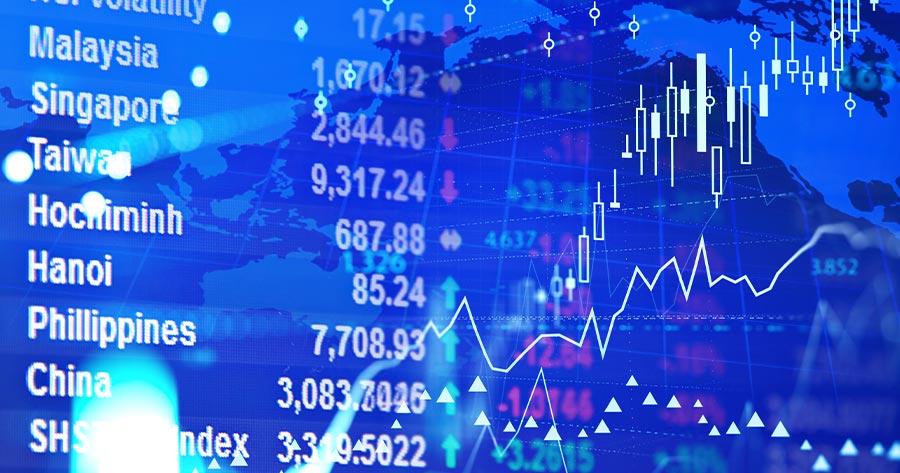On Thursday morning (24 April, 9:42 AM, GMT+7, Bangkok time), indices in Asia Pacific exhibited a mixed performance amid growing optimism among investors due to potential progress in the U.S.-China trade conflict.
China has indicated its willingness to engage in trade discussions with the United States, while also emphasizing that negotiations would not proceed if the U.S. persisted with threats.
In South Korea, the country’s economy experienced a 0.1% year-on-year contraction in the first quarter of 2025, marking its first decline since the fourth quarter of 2020. The results fell short of the anticipated 0.1% increase according to a Reuters survey, signifying a turnaround from the 1.2% growth seen in the final quarter of 2024.
Japan’s NIKKEI rose by 1.06% to 35,238.36. Australia’s ASX 200 grew by 0.61% to 7,969.1, while South Korea’s KOSPI declined by 0.53% to 2,512.14.
As for stocks in China, Shanghai’s SSEC surged by 0.47% to 3,311.72. Shenzhen’s SZI climbed by 0.17% to 9,952.83, while Hong Kong’s HSI slid by 0.29% to 22,009.17.
Meanwhile, the US stock markets edged up on Wednesday as the Dow Jones Industrial Average (DJIA) increased by 1.07% to 39,606.57. NASDAQ jumped by 2.5% to 16,708.05, and S&P 500 gained 1.67% to 5,375.86. VIX slumped by 6.93% to 28.45.
As for commodities, oil prices settled lower on Wednesday after reports suggested that OPEC+ might contemplate hastening its oil production increments in June. However, the losses were mitigated following news that U.S. President Donald Trump could potentially reduce tariffs on Chinese imports. Brent futures dropped $1.32 or 1.96% to $66.12 a barrel, and the West Texas Intermediate (WTI) fell $1.40 or 2.2% to $62.27 per barrel.
This morning, Brent futures expanded 15 cents or 0.23% to $66.27 a barrel, and the WTI escalated 14 cents or 0.22% to $62.41 per barrel.
Meanwhile, gold futures soared by 2.05% to $3,361.5 per Troy ounce.




